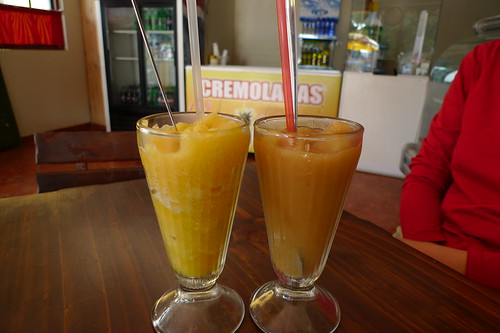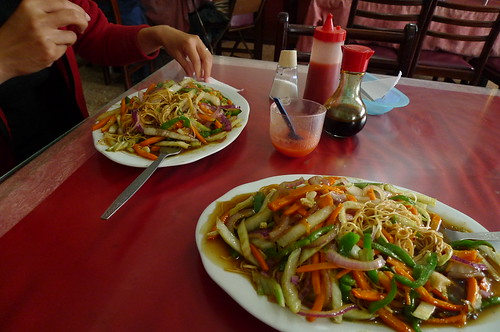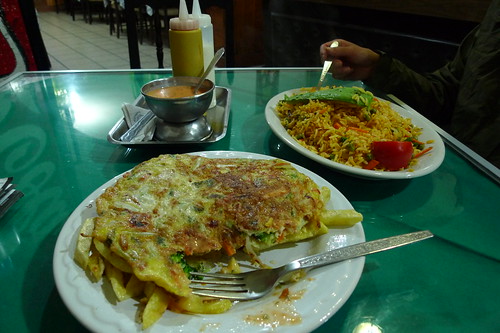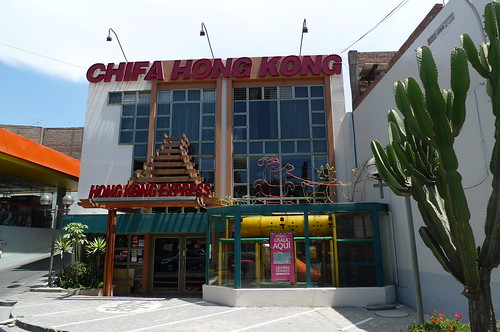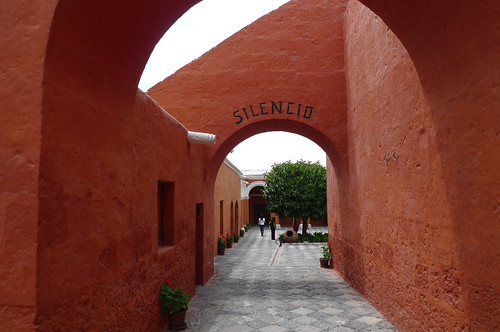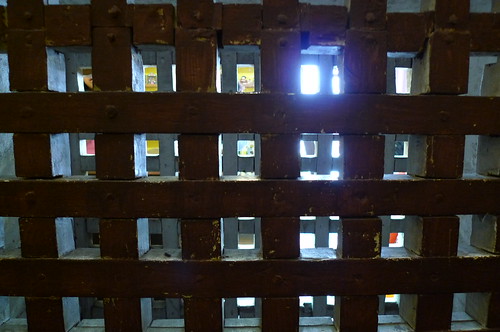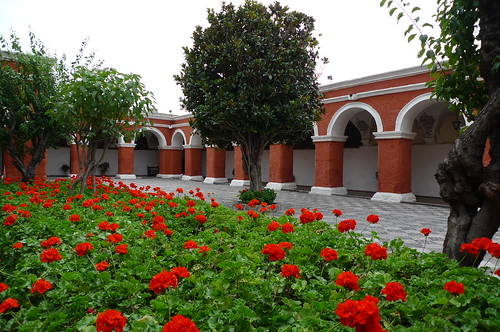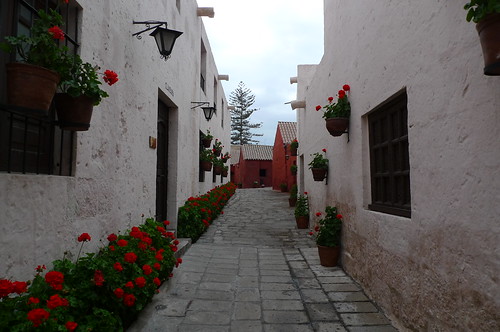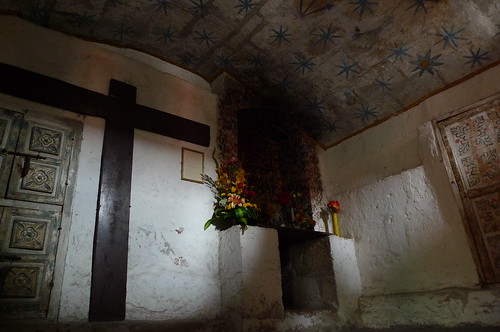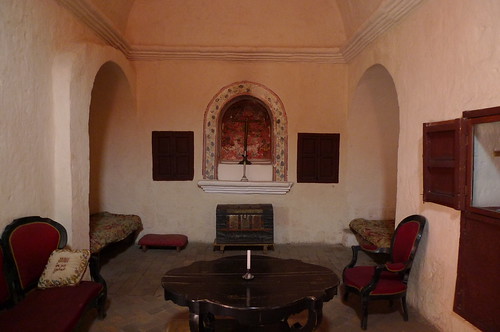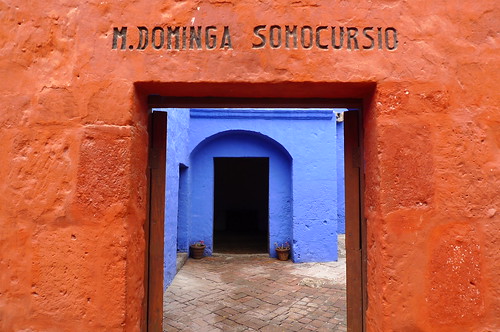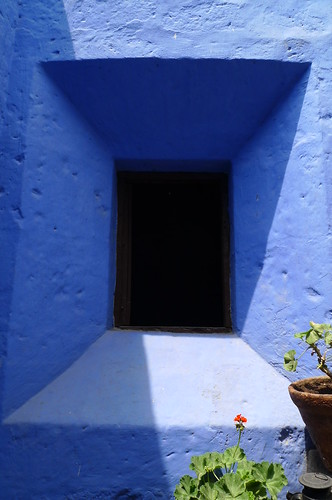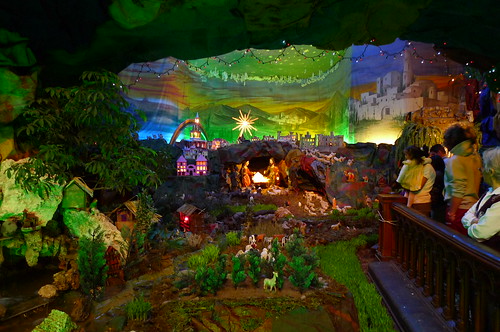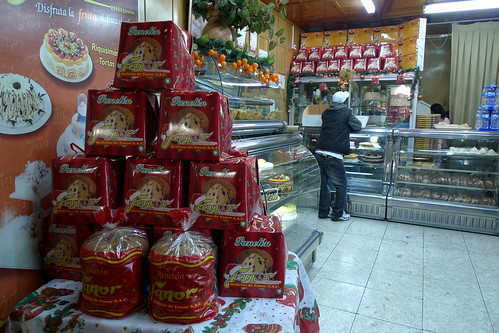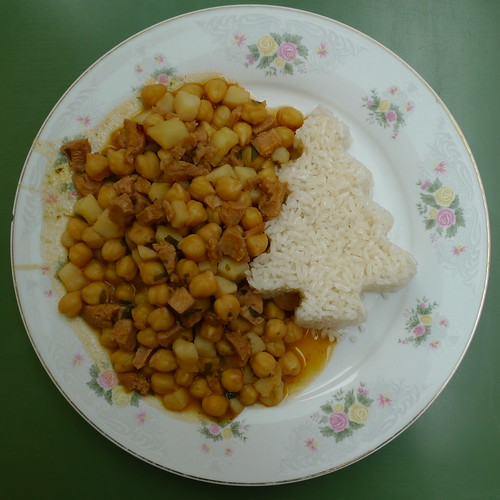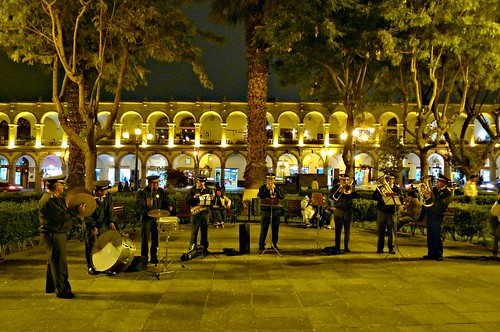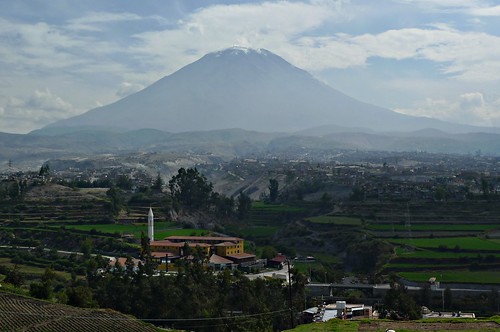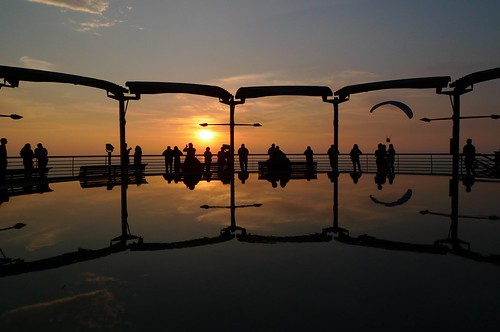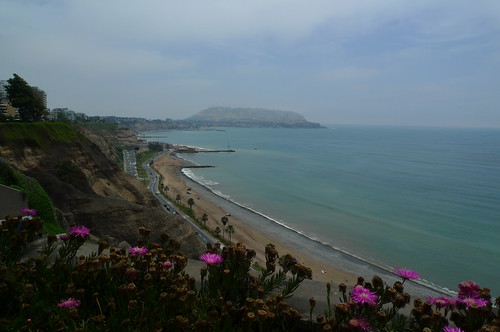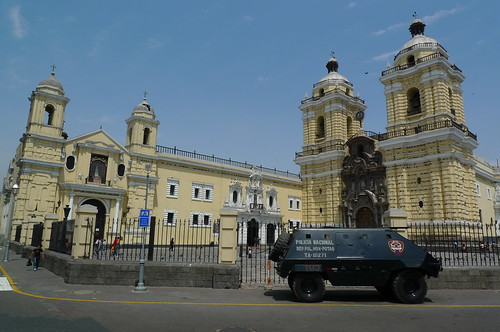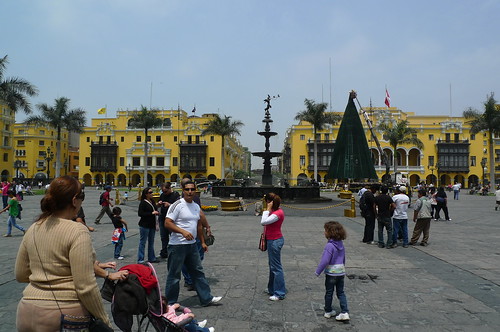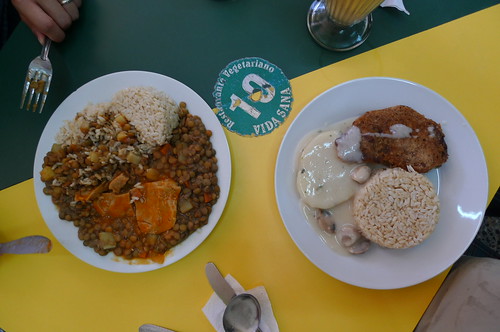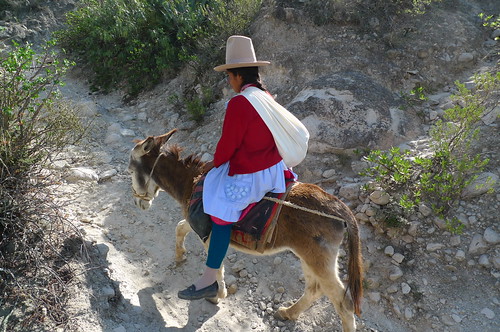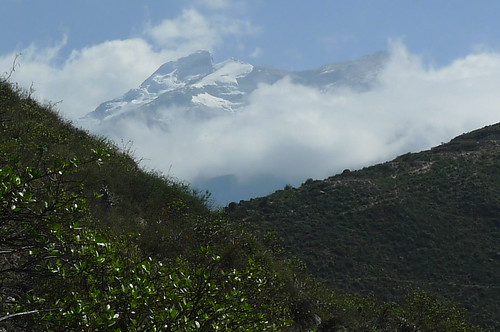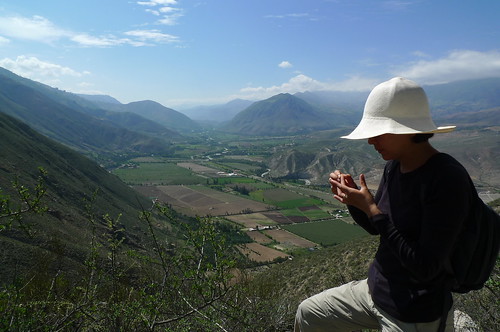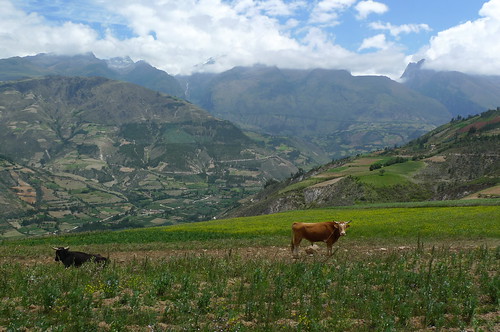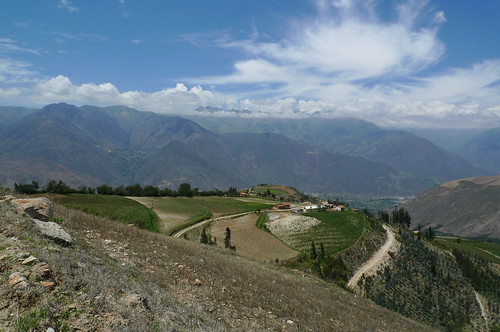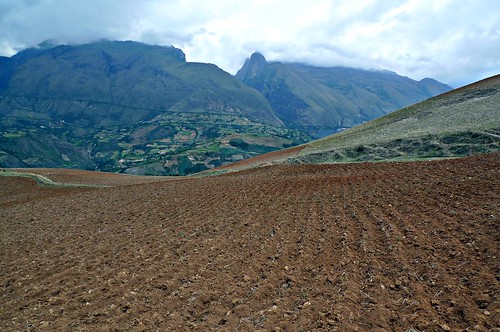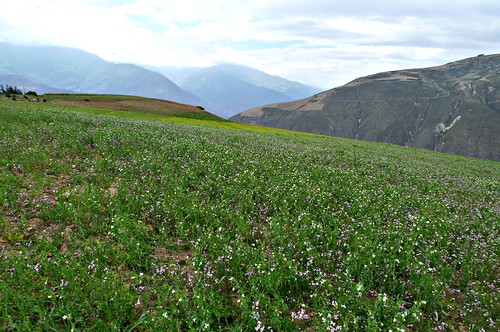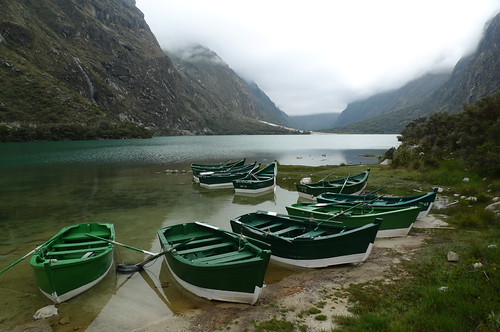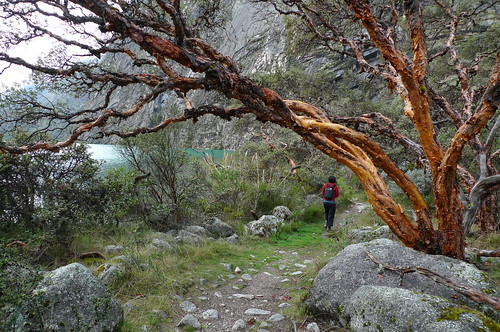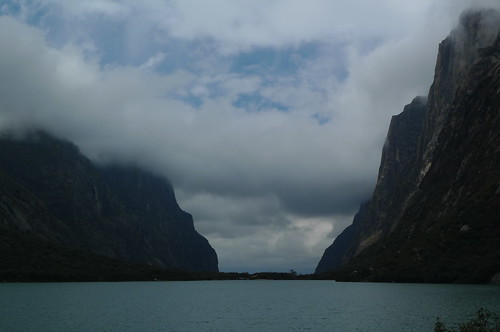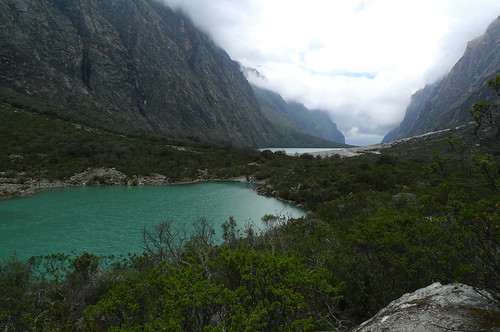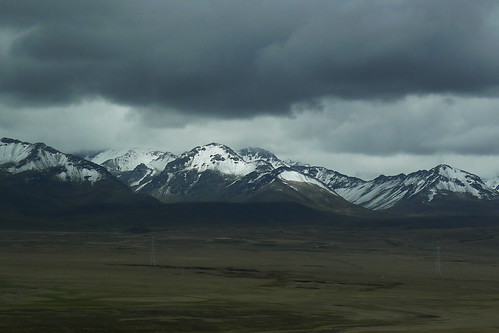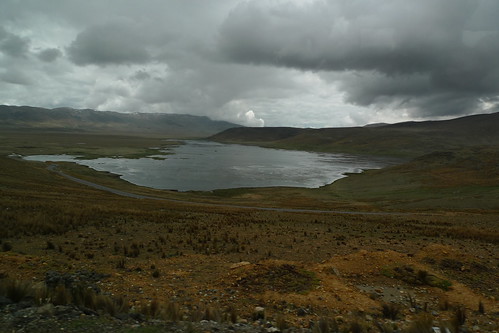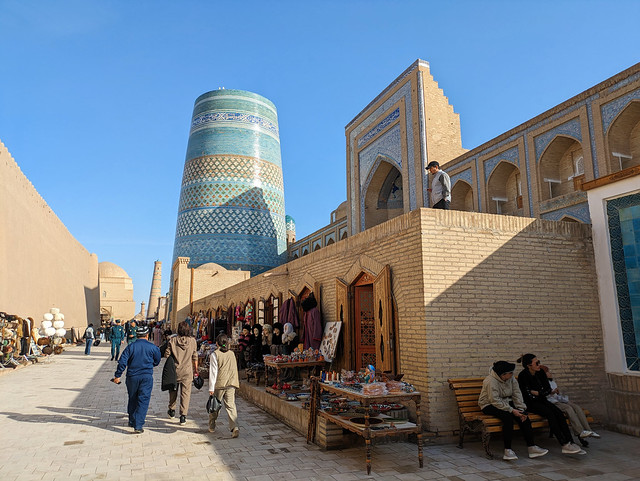Northern coastal Peru was my second hurdle of the trip.
Chiclayo and
Trujillo are supposed to be run by gangsters. Bag snatchers frequent Chiclayo bus terminals. When John and I walked out of the Chiclayo bus terminal, all our senses were at high alert. What we saw were sparse main drags, deserted smaller lanes, streets more littered than usual, and more storefronts closed than open. This was only 5:30pm, not even dark. For a city of 500,000 people, it looked very suspicious. Alarm bells were going off like Christmas lights in our heads. We felt very uneasy, but the guesthouse we settled down in was rather friendly. The next day we made visits to a couple of archeological sites outside the city. Upon returning to our guesthouse, we were exchanging pleasantries with the proprietors, I glanced over at the calender and noticed that the day before was marked red. It was a national holiday for the Immaculate Conception, which explained all our suspicions. It was a good laugh all around.
Trujillo turned out to be uneventful as well, except when we started to inquire about onward moves, we learned that there had been road blocks and unrest at our next destination. It had been going to for six days. After Nepal we totally understand the gravity of a general stirke and started to plot alternate routes and monitoring the situation on the web. We decided to detour to Casma even though it means we would have to transfer through the most unsavory city of all Peru,
Chimbote, twice. The same day we learned that the conflict was ending. We pushed ahead with our detour.
Due to our poor timing, in order to go to the most unsavory town, we had to get on a bus with the most dangerous bus company "America Express" whose bus caused a head-on collision that left 38 people dead back in February 2010 while attempting an illegal pass. We landed in the most vulnerable seats, the front row on the upper deck. The view was fantastic. The bus cruised along at a "snail's pace" according to John.
When our bus safely reached Chimbote, the most threatening act we witnessed was someone throwing a bucket of water from a third flour terrace, barely missing a bicyclist. From the same bus terminal we made a transfer to
Casma, Ciudad Del Eterno Sol, and tasty Cremoladas (think Slurpee, but with real fruit).
Two days later we passed through Chimbote for the second and last time. Unfortunately for us we were "enveloped in the stench of dead fish" for 90 minutes as we waited at the bus terminal for our onward bus to Caraz.
We don't look too concerned in our front row seats as we pull out of Trullijo on an America Express bus bound for Chimbote.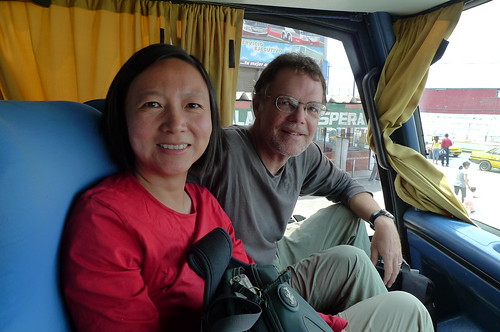
No head-on collision with this big truck as we head down the Pan-American Highway to Chimbote.
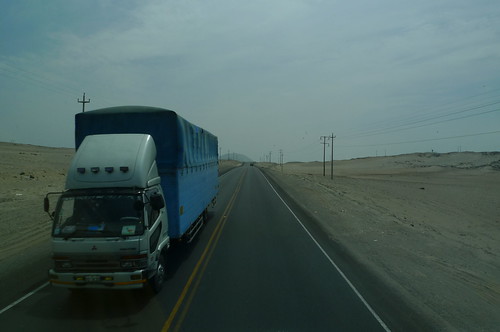 One of the many irrigated asparagus fields.
One of the many irrigated asparagus fields.
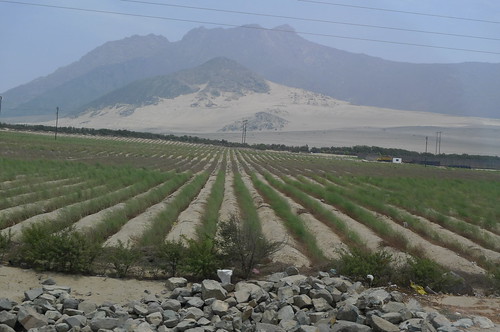 Welcome to Caraz, the City of Eternal Sunshine.
Welcome to Caraz, the City of Eternal Sunshine.
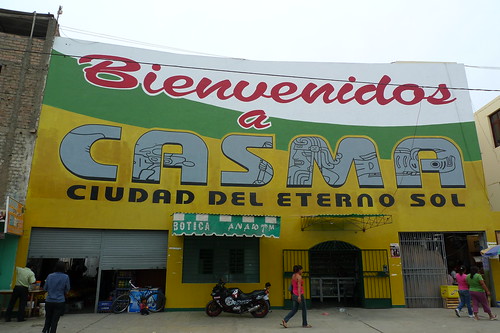 Cremoladas.
Cremoladas.
